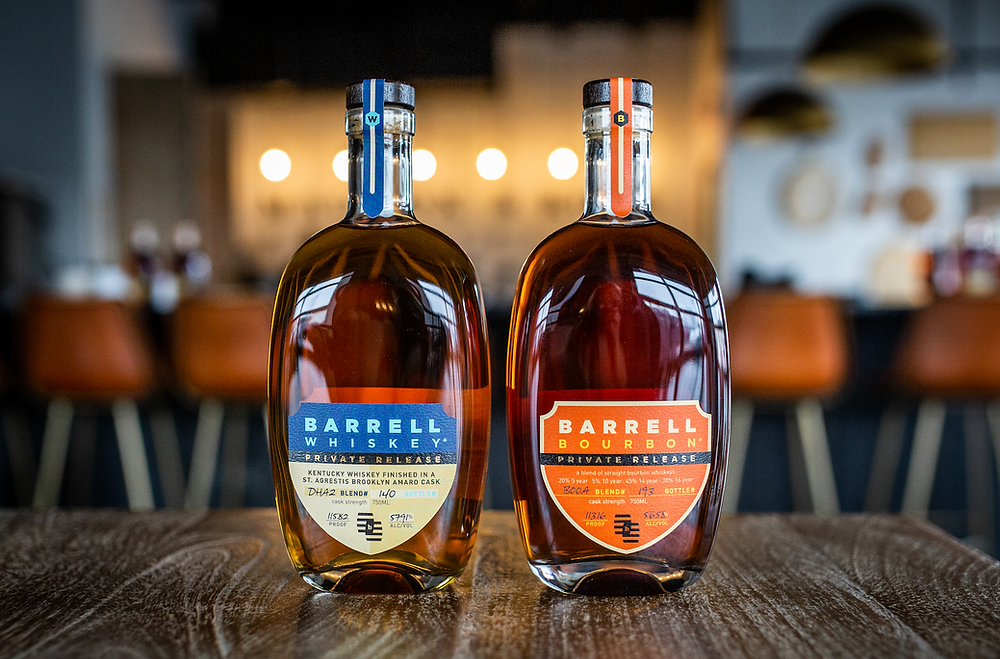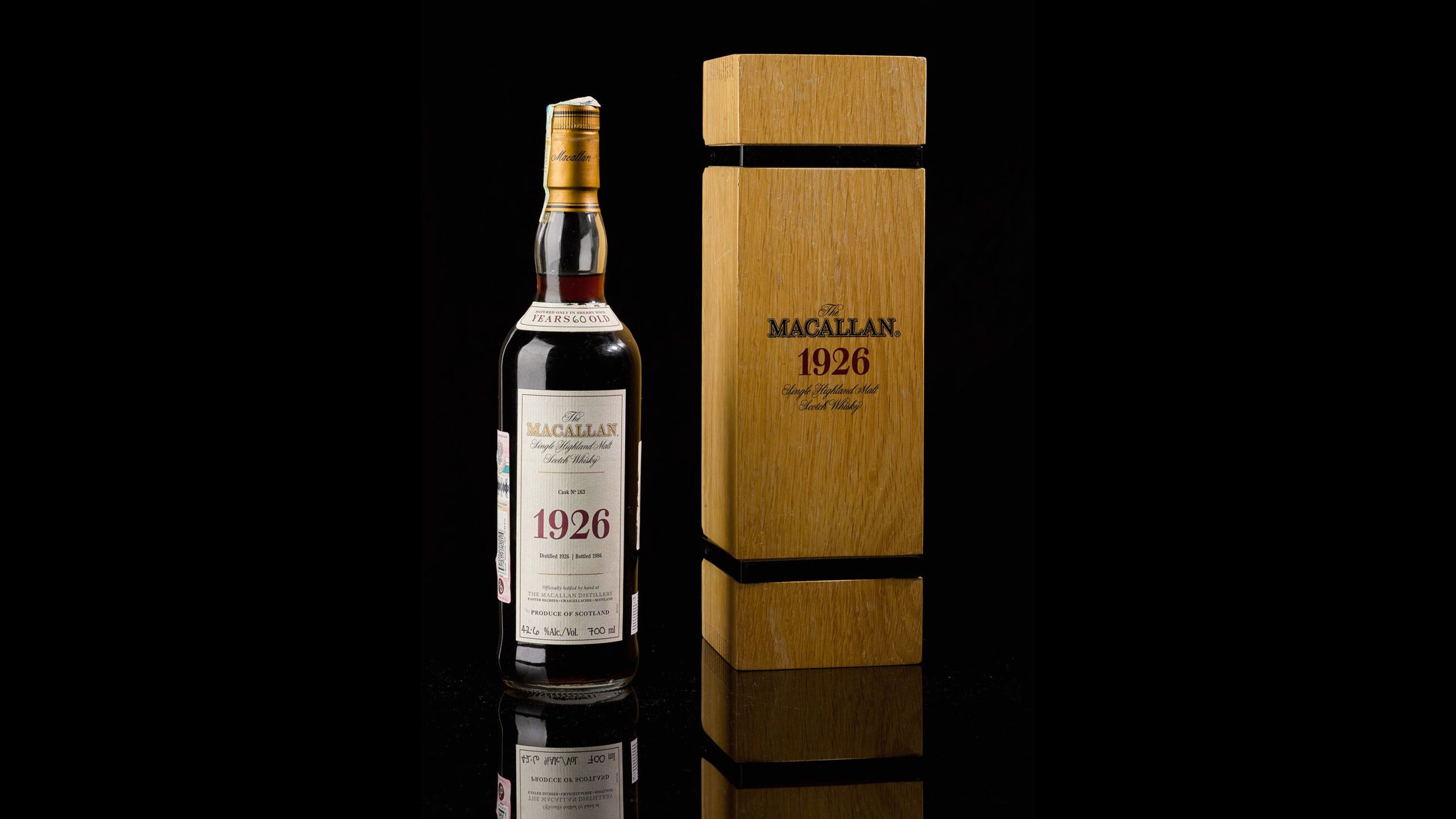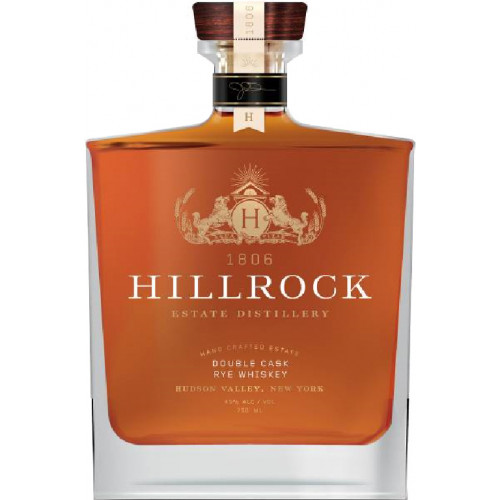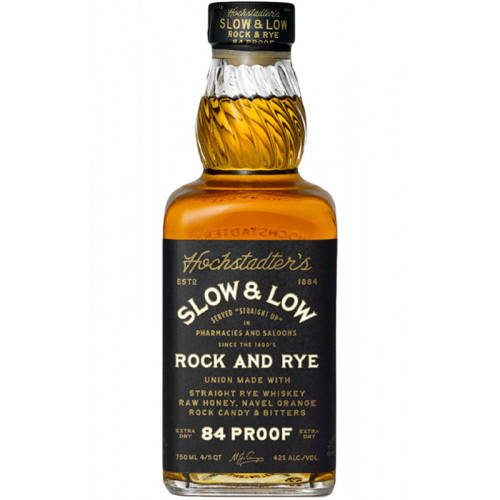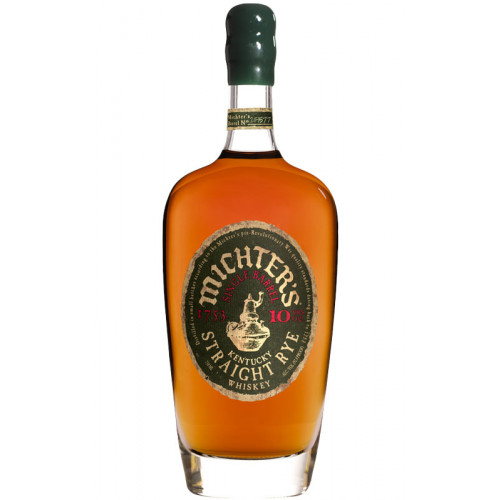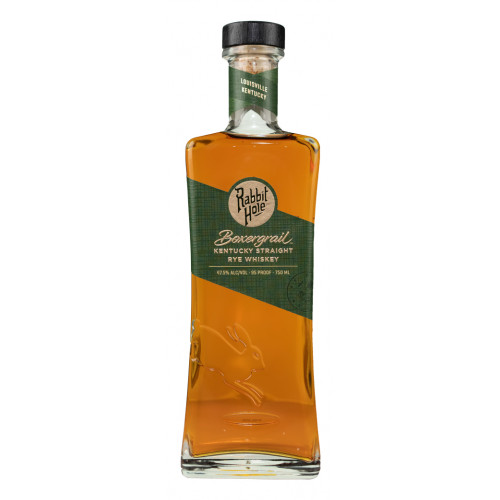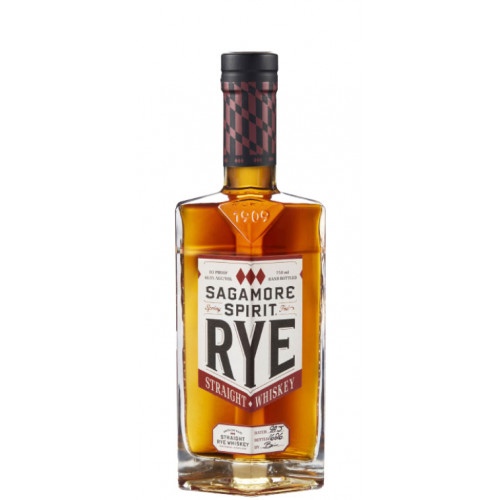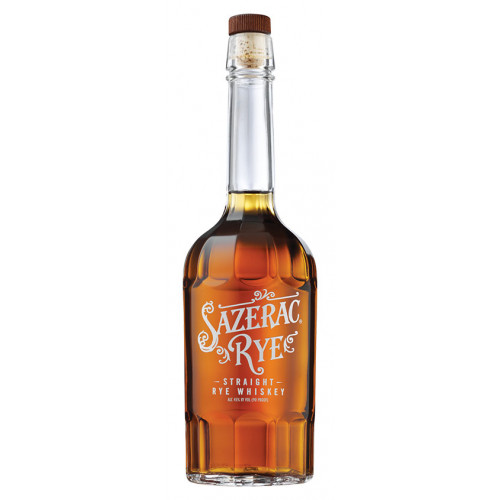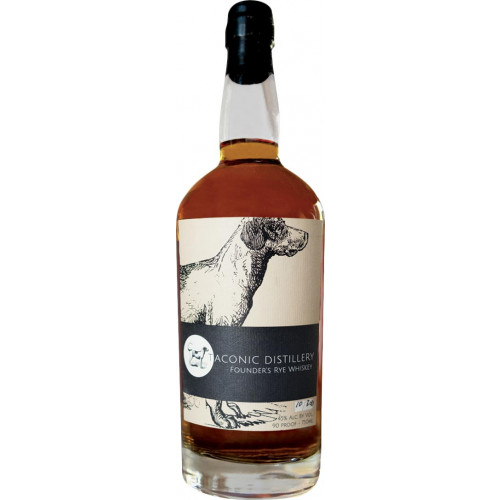Top Rye Whiskeys to Try
At TheBestBourbonShop.com, we feature the best rye whiskeys to elevate your sipping experience:
- Bulleit Rye Whiskey: A high-rye mash bill delivers a bold, spicy profile with hints of cherry and vanilla.
- WhistlePig 10-Year Rye: A premium choice offering rich, complex flavors of butterscotch, spice, and oak.
- Sazerac Rye: A classic rye whiskey perfect for cocktails, with smooth notes of candied spices and citrus.
- High West Double Rye: A unique blend of young and old rye whiskeys, bursting with cinnamon, clove, and mint.
- Knob Creek Rye Whiskey: Full-bodied and flavorful, with bold spice and a long, warming finish.
Why Shop Rye Whiskey at TheBestBourbonShop.com?
When you shop with TheBestBourbonShop.com, you’re guaranteed quality, convenience, and unbeatable value:
- Extensive Selection: From legendary brands to craft rye whiskeys, we’ve got you covered.
- Authenticity Guaranteed: Every bottle is sourced directly from trusted distilleries.
- Competitive Prices: Enjoy premium rye whiskey without breaking the bank.
- Fast, Secure Delivery: Your whiskey arrives safely and quickly, every time.
Rye Whiskey Cocktails You’ll Love
Rye whiskey is a classic choice for crafting unforgettable cocktails. Here are a few to try:
- Manhattan: Mix rye whiskey with sweet vermouth and bitters for a timeless, elegant cocktail.
- Old Fashioned: Enhance rye’s bold flavors with sugar, bitters, and a twist of orange peel.
- Whiskey Sour: Blend rye with lemon juice and simple syrup for a refreshing drink with a spicy edge.
Why Rye Whiskey is Perfect for Every Occasion
Whether you’re toasting a special event, savoring a quiet evening, or hosting friends, rye whiskey adds a bold and sophisticated touch to any moment. Its spicy complexity makes it ideal for both sipping straight and experimenting with cocktails.
Shop Rye Whiskey Online Today
Elevate your whiskey game with the bold, spicy flavors of rye whiskey. Visit TheBestBourbonShop.com to explore our exceptional selection of rye whiskeys, from everyday favorites to rare finds. Order now and enjoy premium rye whiskey delivered right to your door.

